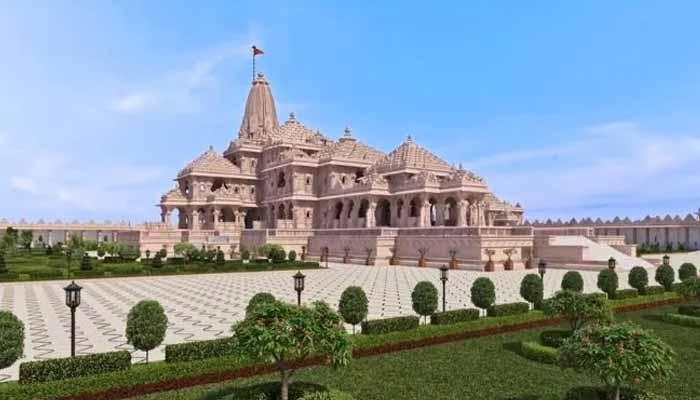Ayodhya, the sacred city on the banks of the Sarayu River, beckons with its rich history, spiritual aura, and vibrant culture. But with countless travel options and ever-changing weather, you might be wondering: is now the perfect time to visit Ayodhya? Worry not, pilgrim or explorer, This guide will answer all your questions and help you plan your perfect Ayodhya Packages vacation.
Weather Wisdom
Let’s start with the weather, the ultimate travel influencer. Ayodhya experiences three distinct seasons:
Summer (April-June): Scorching heat, with temperatures soaring up to 45°C. Not ideal for sightseeing or outdoor activities. Unless you’re a devotee participating in the grand Rath Yatra festival in June, summer might be best avoided.
Monsoon (July-September): The city receives moderate rainfall, bringing relief from the heat but making the roads muddy and transportation a bit tricky. However, the lush greenery and serene atmosphere during this season have their own charm.
Winter (October-March): Ah, the sweet spot! Pleasant temperatures ranging from 15°C to 25°C, making it the best time to visit Ayodhya. Think clear skies, gentle sunshine, and comfortable days perfect for exploring temples, attending rituals, and soaking in the city’s spiritual vibes.
Festivals and Celebrations
Ayodhya’s calendar is dotted with vibrant festivals, adding another layer of magic to your trip. Here are some highlights:
Diwali (October/November): The festival of lights transforms Ayodhya into a dazzling spectacle. The Ram Ki Paidi ghats are illuminated with thousands of lamps, creating a mesmerizing sight.
Ram Navami (March/April): Celebrating the birth anniversary of Lord Rama, this nine-day festival fills the city with devotional fervor. Witness grand processions, colorful decorations, and joyous celebrations.
Ram Vivah (November/December): Relive the celestial wedding of Lord Rama and Sita through this unique festival. Witness elaborate ceremonies, cultural performances, and a festive atmosphere that will leave you enchanted.
Beyond the Festivals
Of course, Ayodhya’s charm goes beyond the festive seasons. Here are some reasons why any time is a good time to visit:
Spiritual Significance: As the birthplace of Lord Rama, Ayodhya is a holy city for Hindus worldwide. Immerse yourself in the spiritual energy by visiting the Ram Janmabhoomi complex, the Kanak Bhavan temple, and other sacred sites.
Cultural Tapestry: Ayodhya’s rich cultural heritage is evident in its traditional art forms, music, and dance. Witness mesmerizing Ramlila performances, explore the Awadh Museum, and indulge in local delicacies like Awadhi biryani and kebabs.
Riverside Retreat: Take a break from the bustling city life and find solace by the Sarayu River. Enjoy boat rides, witness the mesmerizing aarti ceremony at Ram Ki Paidi, or simply relax and soak in the tranquility.
Planning Your Ayodhya Adventure
Now that you’re convinced (hopefully!), let’s plan your perfect Ayodhya escape:
Travel Options: Ayodhya is well-connected by air, rail, and road. You can fly into Luck now airport (130 km away) or take a train from major cities.
Accommodation: Choose from a variety of hotels, guesthouses, and ashrams, depending on your budget and preferences. For a truly immersive experience, consider staying near the ghats or in traditional Ayodhya mohallas.
Ayodhya Tour Packages: Make your life easier with an Ayodhya tour packages! These packages typically cover travel, accommodation, sightseeing, and even meals, offering a hassle-free and budget-friendly option.
Getting Around: Rickshaws and auto rickshaws are the most convenient way to get around the city. You can also rent bikes for a more eco-friendly experience.
Remember:
Respect the local culture and dress modestly, especially when visiting religious sites.
Be mindful of your footwear as many temples require you to remove your shoes.
Carry a water bottle and sunscreen, especially during the summer months.
Photography is allowed in most places, but avoid taking pictures inside temples or during religious ceremonies.
